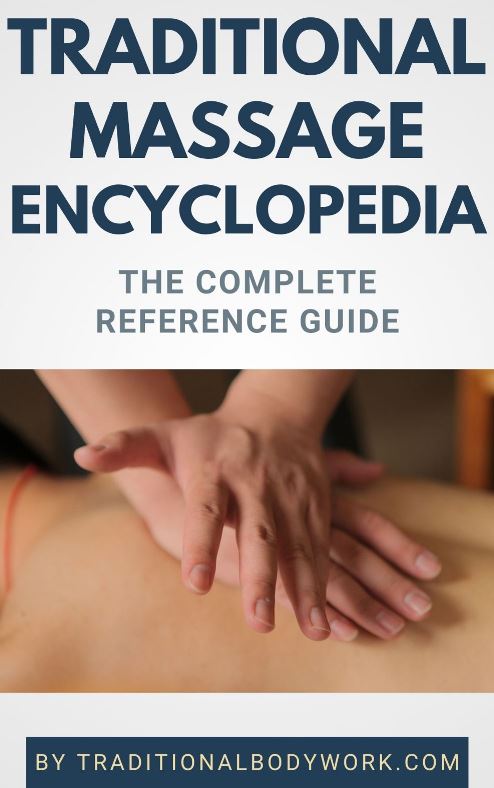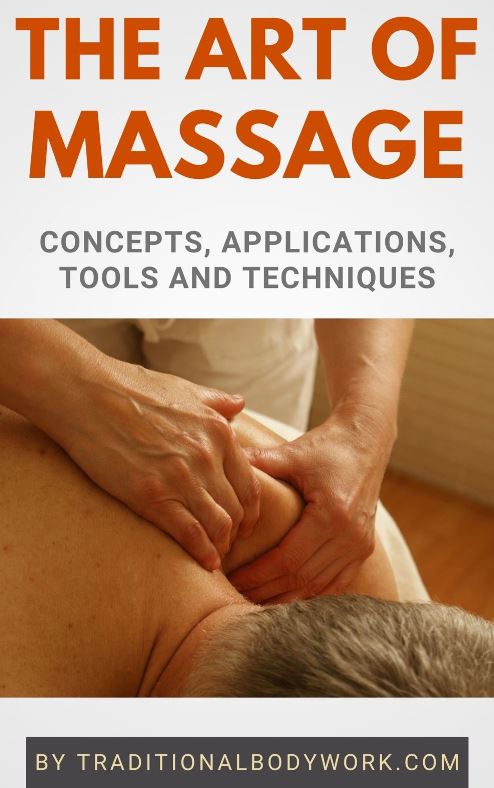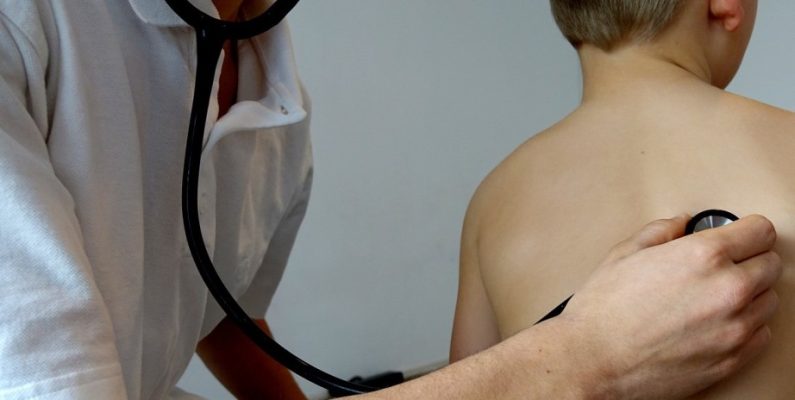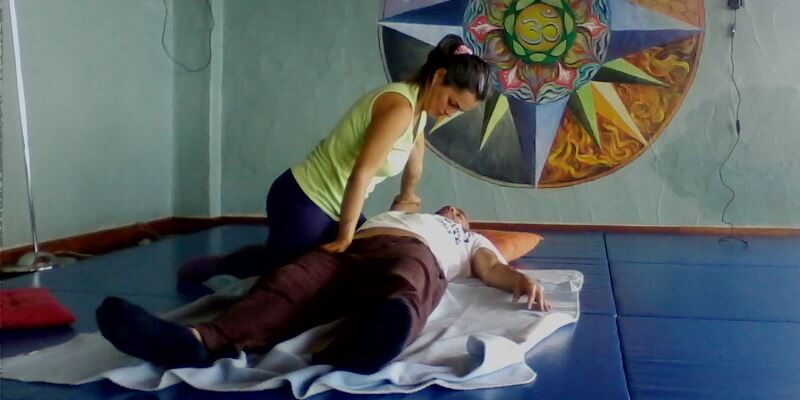
A massage therapy or bodywork client can tell us a lot, we can see many things, but actually touching and feeling the client’s body is of course likewise indispensable to come to a more complete assessment of the client’s complaints.

Perhaps superfluous to mention, but reaching consent with the client of what body parts we can touch and what we are allowed to do is a prerequisite.
In addition, it’s important to have done the Intake Assessment and the Medical History Assessment before a Whole-Body Assessment in order not to injure the client or add to pains and trauma.
Palpation is a method that uses the fingers, fingertips, and hands to touch and feel the client’s body during a physical examination. This is done to check on muscle tone, texture, pulse rate, consistency, reaction, temperature, and areas of sensitivity, tenderness, pains, contractions or tension of body parts or internal organs.

As a whole, we could say that palpation gives more precise information of the exact location(s) and characteristics of the client’s health complaints. However, in holistic client assessment we would not only palpate the supposed “problem areas” but rather perform a whole-body scan i.e. full-body palpation in order to find possible referred pains or discomforts and causal reactions.
Of course, in view of the time it would take to perform a detailed palpation of the entire body, the therapist’s focus will be based on their experience and the sort of complaint; that is, some body parts will be palpated only superficially, others will be skipped, and again other parts will be more extensively assessed.
Therapists may also first give the client a gentle whole body massage or exercise session during which the therapist can more thoroughly identify “problem areas” in the body or of body parts, or use techniques that trigger causal and relational reactions and/or incite the surfacing of past traumatic experiences that need to be worked on.
















